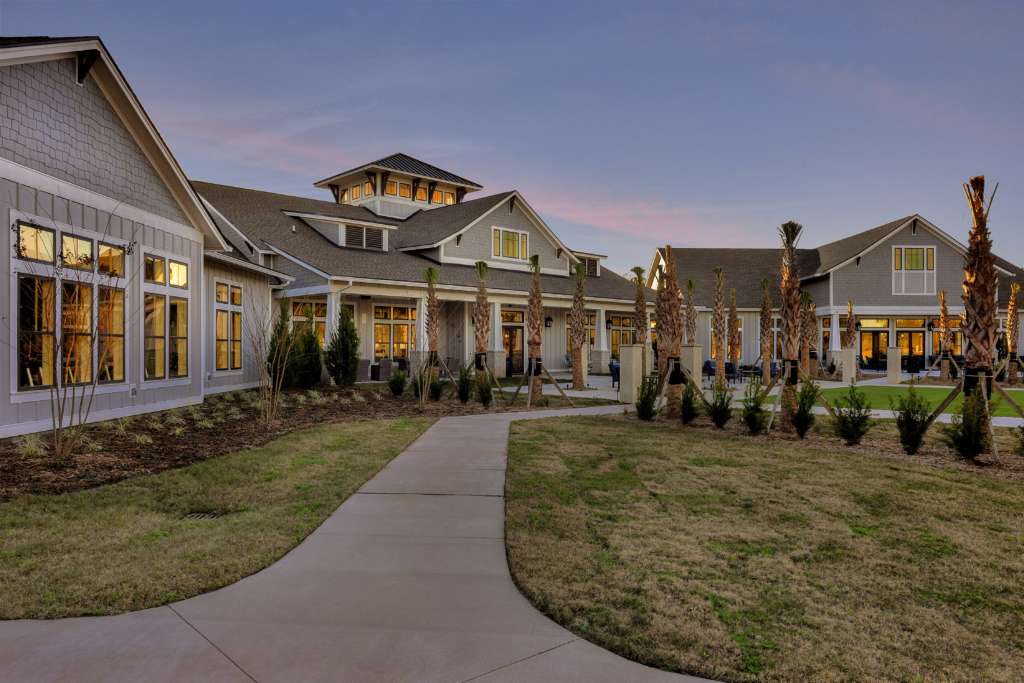One of the most popular trends in real estate is 55-plus communities. Also referred to as active adult communities, 55-plus communities are similar to your typical neighborhoods except that they have an age restriction. They promote an active lifestyle for mature adults who are retired or who are winding down their careers.
As Baby Boomers continue to mature, many of them are rethinking their living arrangements. The reasons for moving vary from individuals wanting to downsize their home to empty nesters looking to revitalize their social life. However, some Baby Boomers aren’t exactly sure who exactly can live in a 55-plus community.
Requirements for 55-plus Communities
The answer is complicated. All age-restricted communities, including 55-plus neighborhoods, have to comply with local, state and federal laws.
Under the Housing of Older Persons Act of 1995 (HOPA), communities can set age restrictions on residents if:
- All of the residents are 62 or older
- Or at least 80% of the occupied residences have at least one resident who is 55 or older, and the neighborhood intends to provide housing for adults 55 and older
Even if a community meets these requirements, it then has to follow state and local laws, which can widely vary.
What About Spouses?
What if my spouse is 10 years younger than I am? Many 55-plus communities recognize that spouses may not be the same age and allow exceptions to the age limit for spouses as long as the one spouse is 55 or older. The minimum age for spouses or significant others varies from community to community, but often the minimum age is somewhere in the range of 40 to 50.
Likewise, communities may also have exceptions for adult children. The minimum age for adult children living in 55-plus adult communities is often 18, but this can also vary. As for school-aged children, it’s rare for active adult communities to allow minors to live there full time.
Can My Grandkids Visit?
Just because you live in a 55-plus community doesn’t mean that your grandkids, young nieces, nephews or cousins cannot visit you. Every neighborhood has its own set of rules regarding kids visiting residents. Some communities cap visits from younger guests at two weeks, while others allow stays up to two or three months. If your grandchildren typically visit you every summer, check with the community about visitation rules before you buy a home.
Keep in mind that most people move into an active adult community for a reason. Many of them wanted to escape the noise and busyness of your typical neighborhood. If you like being around children or younger adults, this may not be the best option for you.

K. Hovnanian’s® Four Seasons at Lakes of Cane Bay
Key Features of Age-Restricted Communities
Now that you know who can live in an active adult community, it’s important to learn about some key features of these popular communities.
Active adult communities are designed to give you the best of both worlds – resort-style amenities combined with modern home designs. These amenities often include pickleball courts, community swimming pools and state-of-the-art gyms. Residences in 55–plus communities can range from luxury single-family homes to low-maintenance townhomes.
Typically, 55-plus communities have a homeowner’s association (HOA) or condominium association. Your HOA dues often cover the maintenance of communal spaces (e.g. tennis courts) and the landscaping of the exterior of your residence. Active adult communities are perfect for mature adults looking for a serene lifestyle among their peers. Whether you’re looking for a townhome in Maryland or a single-family home in Arizona, there are numerous options to choose from.
Last Updated on December 14, 2021
